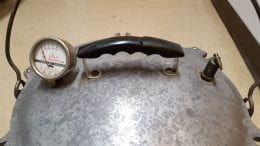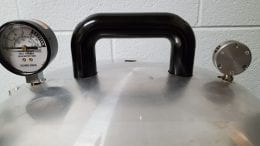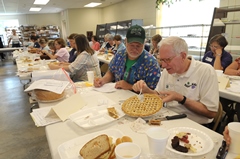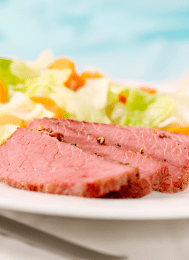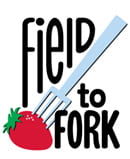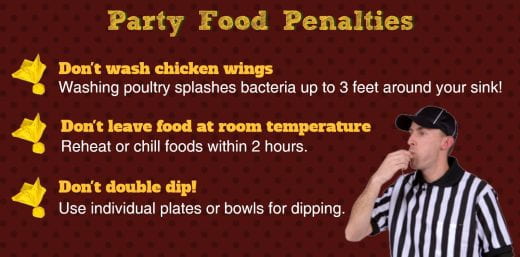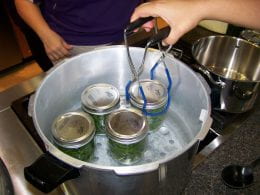
In home canning, botulism illness from Clostridium botulinum bacteria, is rare, but it can happen if unsafe methods and untested recipes are used. Foodborne botulism does not spread from person to person, it comes directly from food. Get started on the path to safe home canned foods with these tips:
- Learn how to use equipment properly. Practice by canning water to learn how your stovetop works with the canner. Read canner and stove manufacturer instructions.
- Follow reliable recipes. They will safely guide you through the steps and also tell you how to adjust processing for your elevation.
- Use the proper canning method for the food being canned. High acid foods can be safely canned in a water bath canner. Low acid foods must be canned in a pressure canner.
Learn more with the resources in Preserve it Fresh, Preserve it Safe.
